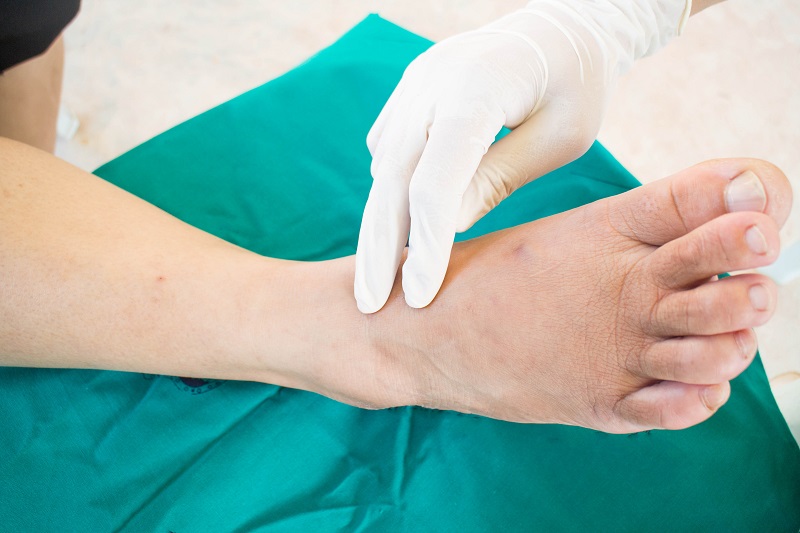Medicare offers a wonderful program that covers up to eighty percent for diabetics. This includes a pair of special shoes and inserts to prevent skin problems caused by shoe-related injuries.
Many companies will offer this service to diabetics only for the profit. These companies do not have employees with first-hand knowledge of a person's feet and are unable to correctly fit and choose the correct shoe and insert.
If you are suffering from diabetic foot problems, then you can also consult the best podiatrist in Towson, MD.

Image Source: Google
This article will address the unique needs of diabetics when it comes to fitting shoes. It will also explain why an unqualified store or company should not force diabetics into buying shoes that aren't appropriate for them.
The Medicare Therapeutic Shoe Bill was created to recognize the importance of protecting diabetic feet. A poorly fitting shoe can cause excessive rubbing and poor sensation in diabetics.
Normally, this would cause pain for someone with good sensation. Diabetic patients may not feel the pain and skin sores can eventually develop from the friction and pressure. A deformed foot, such as bunions or hammertoes, can lead to the same results regardless of how the shoe is sized.
Diabetics are unable to heal wounds quickly, making infections of the skin more common. This has led to many amputations over the years. Medicare recognized the need for prevention from both a patient protection and cost saving stance. Amputation care is costly.
This is why the shoe bill was designed. The therapeutic shoe is an extra-deep shoe that fits the foot well. It also has a minimally thick insert that reduces friction and pressure on the bottom.
